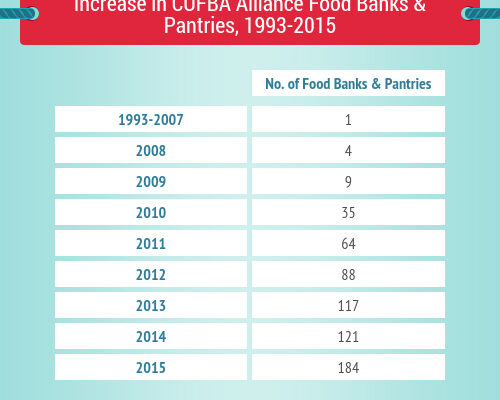New Report Outlines How Community Colleges Can Help Reduce Students’ Food and Housing Insecurity
Title: Mission Critical: The Role of Community Colleges in Meeting Students’ Basic Needs
Source: Center for Community College Student Engagement (CCCSE)
Community colleges serve as an important access point to higher education; however, according to a new report, community colleges must also recognize and address students’ holistic needs to make education truly attainable.
In CCCSE’s fall 2021 survey of 82,424 community and technical college students, 69 percent of respondents said “a lack of finances could cause them to withdraw from college.” Community college students regularly face food, housing, and other basic needs insecurity (e.g., transportation, healthcare, childcare, and technology, among others), which limits their ability to succeed and persist to graduation.
The CCCSE report explains food insecurity varies from lacking money to buy food between paychecks, to skipping meals, to being consistently hungry. In the month prior to the survey, 29 percent of respondents experienced some type of food insecurity. CCCSE defines housing insecurity as “running out of money for rent or utilities, couch surfing, or staying in temporary housing.” Twenty-seven percent of respondents reported being unable to pay their rent or mortgage, and 28 percent reported being unable to pay their utility bills.
To help fill the gaps, community colleges are developing programs and services to provide students with direct assistance and connections to community resources. The report showcased 13 community colleges across different geographic locations for their creativity in addressing students’ basic needs. Some effective practices included food pantries, centralized student service offices, health and wellness or hygiene stations, public housing partnerships, and daily free meals.
Among the recommendations for institutional actors (e.g., presidents and senior leadership, academic and student affairs staff, faculty, and trustees):
- Regularly ask students how their college can best meet their needs through intentional conversations, questionnaires, and advising intake forms
- Widely advertise and communicate available services to students through student organizations and government, course syllabi, advising, and other outlets
- Build partnerships with local agencies and organizations focused on providing food, housing, and other necessary services
- Highlight an overall institutional commitment to meeting students’ basic needs through dedicated human and financial resources
To read the full report, please click here
—Alyssa Stefanese Yates
If you have any questions or comments about this blog post, please contact us.


